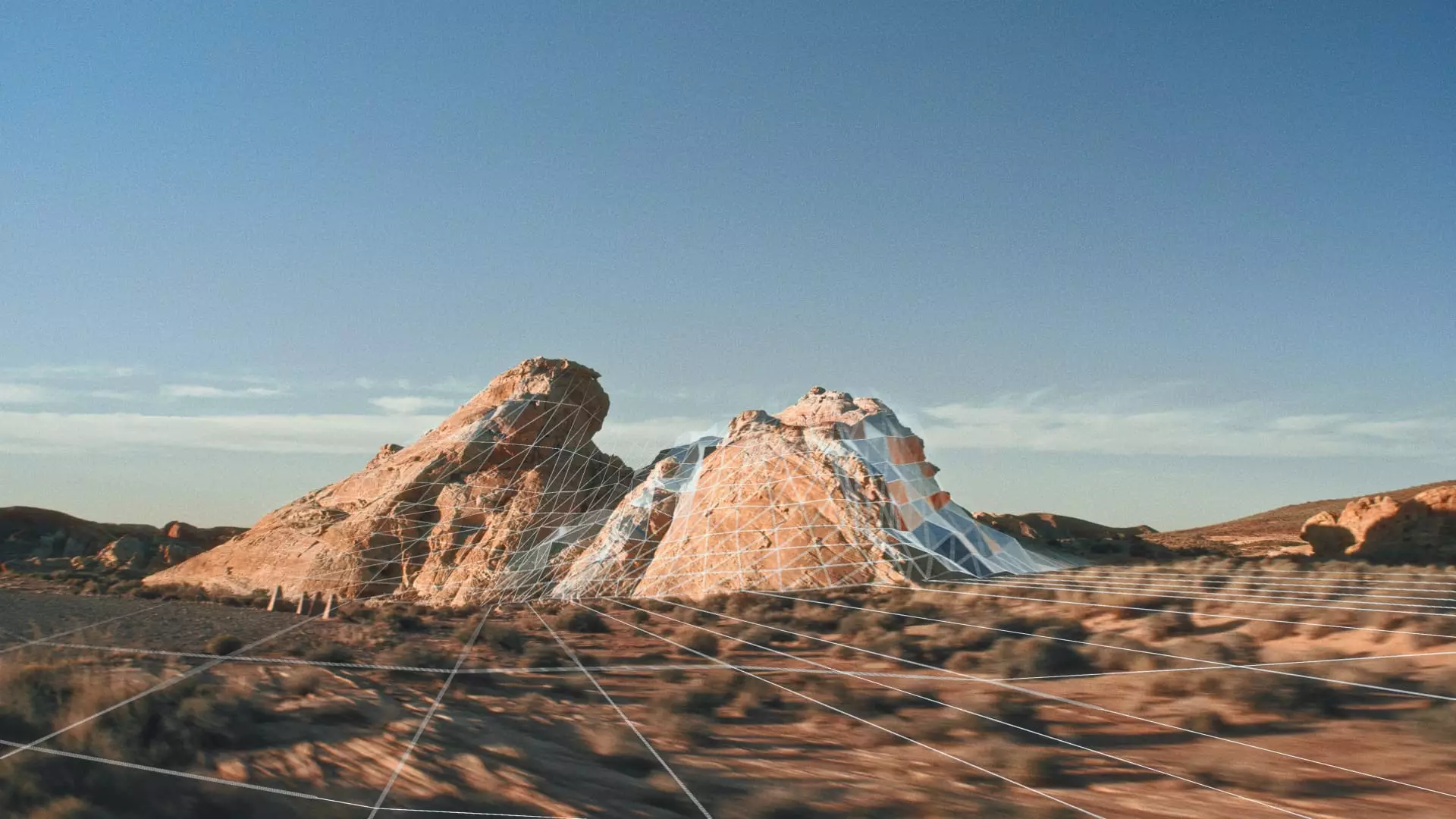In the rapidly advancing landscape of technology, Distance Technologies, a Finnish startup, has emerged as a forerunner in the domain of mixed-reality applications. Having successfully secured a significant investment of €10 million (approximately $11.1 million) from GV, the venture capital branch of Alphabet, the venture is poised to revolutionize how we perceive our environments, whether in automotive or aerospace applications. As competition in the mixed-reality field intensifies, Distance Technologies stands out by promising an integrated solution that aims to enhance user experience without the cumbersome hardware traditionally associated with augmented reality (AR).
Distance Technologies is on a mission to redefine the mixed-reality interface, transforming any transparent surface into an interactive AR display. This innovative approach circumvents the need for physically restrictive gear, such as AR glasses or headsets, which can detract from the user experience. Urho Konttori, the co-founder and CEO, emphasizes the barrier posed by head-mounted devices in creating an effortless integration with daily life. By offering a system that overlays digital objects directly onto surfaces, Distance aims to create a more natural and seamless interaction between users and technology.
With a focus on the automotive, aerospace, and defense sectors, Distance seeks to provide solutions that are not only cutting-edge but also commercially viable. The company’s method leverages advanced tracking technology to detect user gaze and generate precise light fields tailored to the observer’s position. This breakthrough process involves layering optics atop standard liquid crystal displays (LCDs), enabling an immersive visual experience without requiring additional hardware.
The Technology Behind the Magic
The core of Distance’s technology lies in its ability to create a dynamic 3D experience by customizing light for each eye, offering a phenomenon known as ‘infinite pixel depth.’ This technology can yield a life-sized and life-like view, integrating seamlessly into varied environments, from vehicles to aircraft. This capability represents a significant leap from existing AR technologies, which often rely on limited displays and fixed perspectives.
Konttori draws attention to the difference between their software-driven approach and traditional AR systems that restrict visual engagement to particular segments of a display. This flexibility could provide Distance with a substantial advantage as the market for AR applications continues to grow. As automotive manufacturers increasingly look to incorporate AR HUDs (heads-up displays), Distance’s all-encompassing surface coverage sets it apart in a competitive landscape that includes established entities like Huawei and Bosch, all of which are exploring AR functionalities.
With GV leading the funding round, Distance Technologies is well-positioned to capitalize on the heightened interest in user interface innovation. Roni Hiranand, a principal at GV, expressed enthusiasm for the potential impacts of Distance’s tech in the automotive and aerospace industries. This investment marks a critical step in transforming conceptual technology into tangible products that can be disseminated to end users.
However, while the interest is undoubtedly high, commercializing mixed-reality technology poses its challenges. Current AR devices are notoriously expensive, with price points reaching thousands of dollars. For example, devices such as Apple’s Vision Pro and Microsoft’s HoloLens 2 have price tags beginning at $3,500, raising questions about accessibility and market adoption—a hurdle that Distance aims to navigate by streamlining production costs and enhancing user experience.
The journey from concept to market-ready product is fraught with considerations. Konttori indicates that the company is transitioning from a research phase to a product development cycle, a critical juncture. The aim is to actively engage with potential customers to refine specifications and create a solution that responds to real-world needs.
Having showcased a promising proof-of-concept at the Augmented World Expo USA 2024, the next steps for Distance Technologies include advancing their optics technology, which Konttori admits will entail significant investment. However, the prospects of collaborating closely with initial customers may pave the way for successful commercialization. This strategic engagement can guarantee not just verification of the technology’s practical application but also foster feedback essential for iterative product development.
Distance Technologies is poised to redefine how we interact with our environments through innovative mixed-reality solutions. By addressing the limitations of current AR applications and focusing on user-centric designs, the company could very well be at the forefront of a technological revolution that makes augmented experiences accessible and practical. As the industry watches closely, the fusion of software and hardware represented in Distance’s vision may lead to groundbreaking advancements in both automotive and aerospace sectors. The next chapter of mixed reality is exciting, and Distance Technologies is a name that will likely be on everyone’s lips in the coming years.

